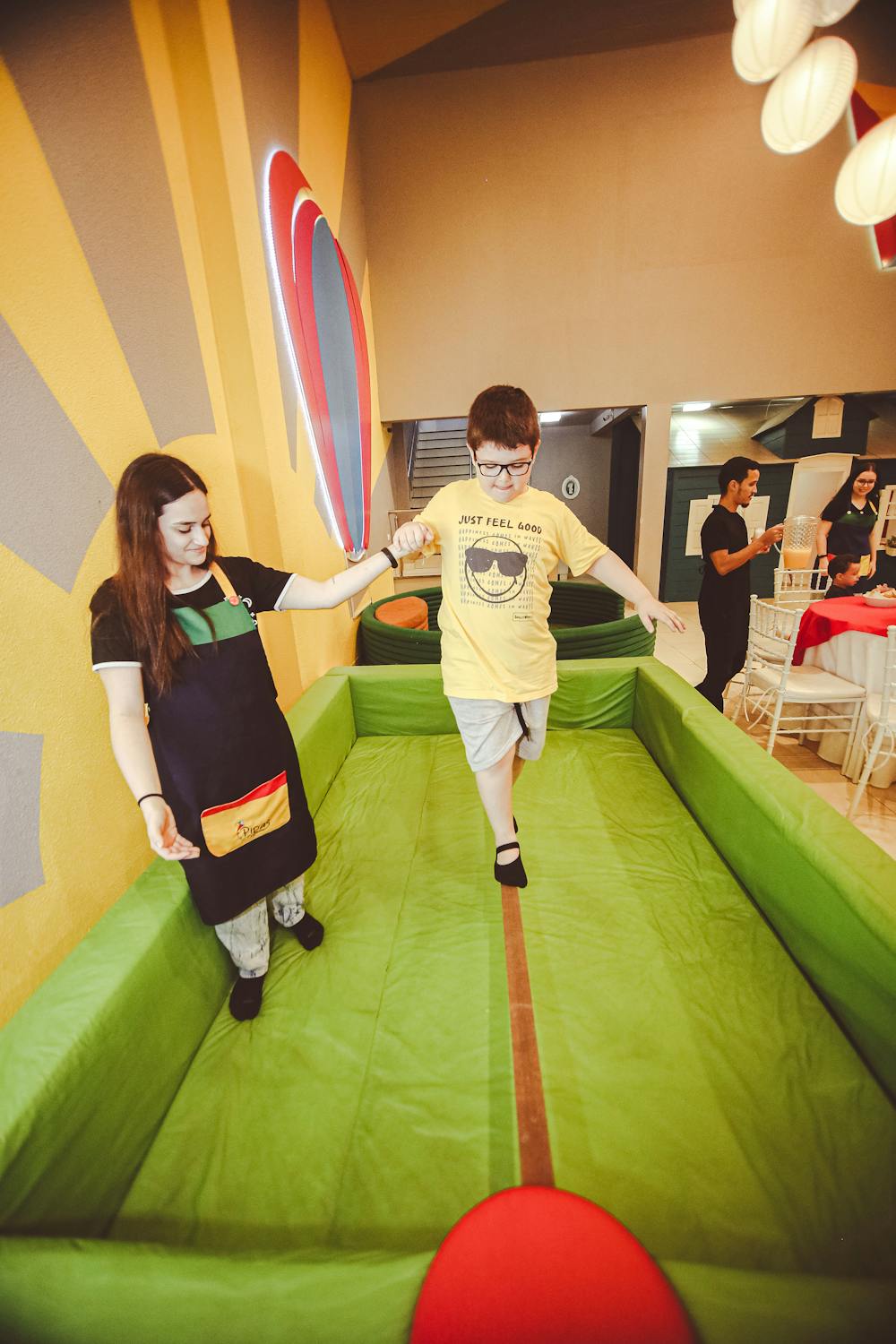Balancing the Line: Finding the Appropriate Age to Start Slacklining
Slacklining, the art of walking and balancing on a narrow, flexible webbing suspended between two anchor points, has gained popularity as a recreational activity and a form of physical exercise. It offers a unique blend of fun, focus, and fitness, attracting people of all ages. However, like any physical activity, it is essential to consider safety and developmental factors when determining the appropriate age for children to start slacklining. This article explores the considerations involved in deciding when to introduce children to slacklining and how to ensure a safe and enjoyable experience.
Physical Development and Coordination
The appropriate age to start slacklining largely depends on a child's physical development and coordination. Young children undergo significant changes in motor skills, balance, and muscle strength as they grow. Generally, children between the ages of 4 and 6 years start developing the necessary gross motor skills and balance required for basic slacklining.
Before introducing a child to slacklining, consider their ability to walk confidently, jump, and perform other physical activities with stability. It is essential that children have well-developed core strength and control, as these attributes play a crucial role in maintaining balance on the slackline.
Emotional and Cognitive Readiness
Apart from physical development, emotional and cognitive readiness is equally important. Slacklining can be both exhilarating and challenging, and children need to be emotionally prepared for any falls or setbacks they might experience during their learning process.
Children who are eager to try new activities and are receptive to learning from their mistakes tend to adapt better to slacklining. Additionally, a child's ability to follow instructions and pay attention to safety guidelines is crucial for their well-being while on the slackline.
Supervision and Safety Measures
Regardless of the age at which a child starts slacklining, adult supervision is essential at all times. An experienced adult can guide the child, provide support, and ensure that safety measures are followed.
When introducing children to slacklining, it is advisable to set up the line at a low height, close to the ground, to reduce the risk of falls. Also, using appropriate padding or mats under the slackline can provide an added layer of safety during the initial learning stages.
Learning Environment and Support
Creating a positive and supportive learning environment is key to a child's success in slacklining. Encouragement, patience, and praise for small achievements can boost a child's confidence and motivation to continue improving their slacklining skills.
Starting in a safe and open area, free from obstacles, can help children feel more at ease while slacklining. The presence of supportive friends or family members can also make the experience more enjoyable for young learners.
Learning Progression and Challenges
Children progress at different rates, and there is no fixed timeline for mastering slacklining skills. It is essential to allow children to set their pace and not rush them into more advanced techniques until they have built a solid foundation.
As children gain confidence and skill, they can gradually attempt more challenging slackline setups, such as longer lines or higher elevations. However, caution should always be exercised, and children should be reminded of safety measures as they take on new challenges.
Health Considerations
Before starting any physical activity, including slacklining, it is vital to consider a child's health and any pre-existing conditions. If a child has any underlying health issues or concerns, it is advisable to consult a healthcare professional before allowing them to engage in slacklining.
Slacklining is an exciting and engaging activity that can provide numerous physical and mental benefits for children. However, finding the appropriate age to start slacklining requires careful consideration of a child's physical development, emotional readiness, and ability to follow safety guidelines. The process of learning to balance on a slackline can be a rewarding journey, fostering resilience, confidence, and focus in young individuals.
Remember, safety should always be a top priority. Adult supervision, suitable equipment, and a supportive learning environment are essential components of a child's introduction to slacklining. By taking these factors into account, parents, caregivers, and educators can help children embark on a safe and enjoyable adventure on the slackline, enriching their lives with a newfound passion for balance and fun.

